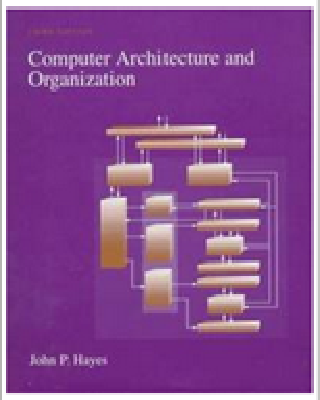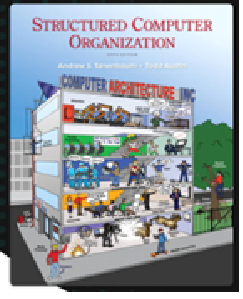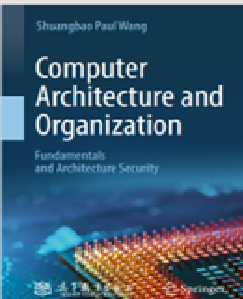- Htin PonSeik Quarter, Pathein Township, P.O.Box. 10018, Ayarwaddy Region, Myanmar.
- ucspatheinsiman@gmail.com/adminoffice@ucspathein.edu.mm
- +959453007009
The aims of this course:
The successful completion of this course, Student will be able:
| Reference Book's Photo | Reference Book's Materials |
|---|---|
 |
“Computer Architecture and Organization”, (Third Edition) by John P. Hayes |
 |
“Structured Computer Organization”, (6th Edition) by ANDREW S. TANENBAUM & TODD AUSTIN |
| “Computer Organization and Architecture”, (11th Edition) by William Stallings | |
 |
“Computer Architecture and Organization “by Shuangbao Paul Wang |
| Modern Computer Architecture and Organization, (2nd Edition) by Jim Ledin | |
| Digital Design and Computer Architecture RISC-V Edition by Sarah Harris, David Harris |
| Assessment Plan for the Course | |
|---|---|
| Paper Exam | 60% |
| Tutorial /Assignment | 10% |
| Lab | 10% |
| Lab Accessment | 10% |
| Quiz/ Test | 10% |